The Pyramid of Santa Cecilia Acatitlán
This partially reconstructed Aztec pyramid gives a glimpse of what its larger counterparts would have looked like.
In Aztec times, this pyramid stood amid an area of wetland. Its name, “Acatitlan,” reflects this, as it translates from Nahuatl to “the place among the reeds.” The structure was likely dedicated as a shrine to deities like the god of war, Huitzilopochtli, and the god of water and rain, Tlaloc.
Spain’s conquest of Mexico partially destroyed the pyramid, smashing segments of the structure and its sculptures to pieces. The colonists then took many of its stones to use as building materials while constructing their own homes and churches.
In the centuries that followed, what remained of the structure lay underground buried by mud and debris, overgrown and forgotten. However, in the 19th and 20th centuries, a resurgent interest in archeology emerged and the site was subsequently investigated.
The pyramid was heavily reconstructed in the 1960s by the architect and archeologist Eduardo Pelayo Moreno, who rebuilt the shrine at the top of the building and strengthened its foundations. This action was controversial in the field of Meso-American archeology, as the resulting reconstruction does not entirely correspond to how the original structure was built.
Today, the pyramid is notable for being perhaps the most complete of Mexico’s Aztec ruins—albeit the fact that its completion is due to its modern reconstruction.
Know Before You Go
There is a small museum onsite with some interesting Prehispanic artifacts and a nice but modest garden where further artifacts are displayed. The site is open from Tuesday to Sunday from 10 a.m. to 5 p.m. and the entrance fee costs 55 pesos. Be careful when wandering around the wider Tlalnepantla area, as certain neighborhoods are notorious for their crime and can be dangerous.
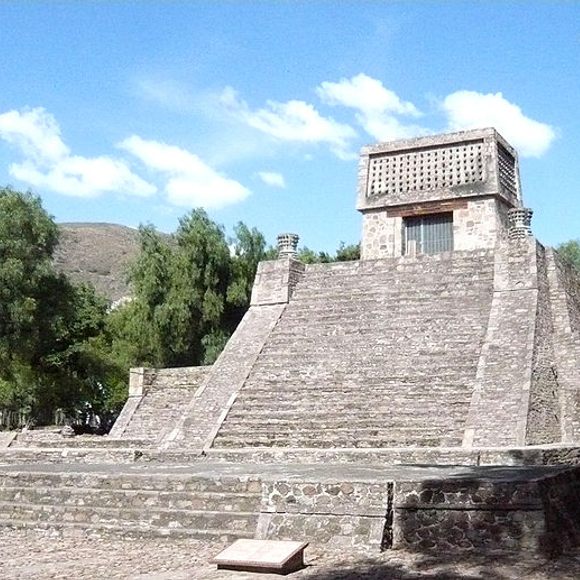

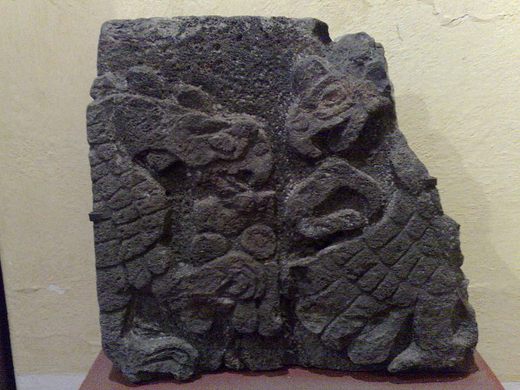
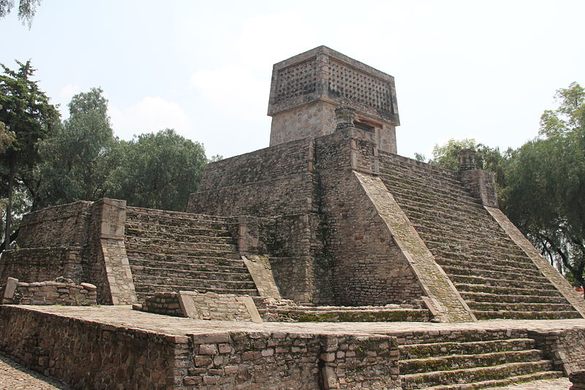
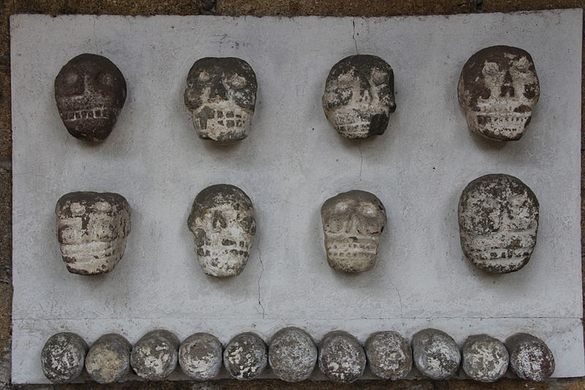
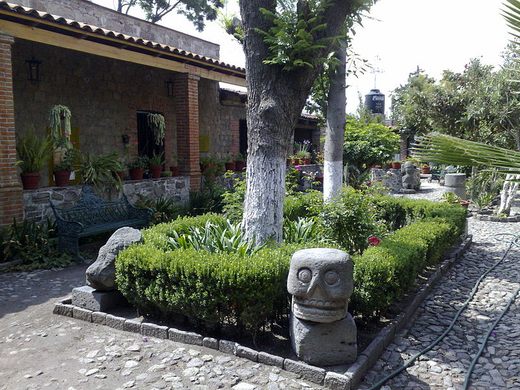
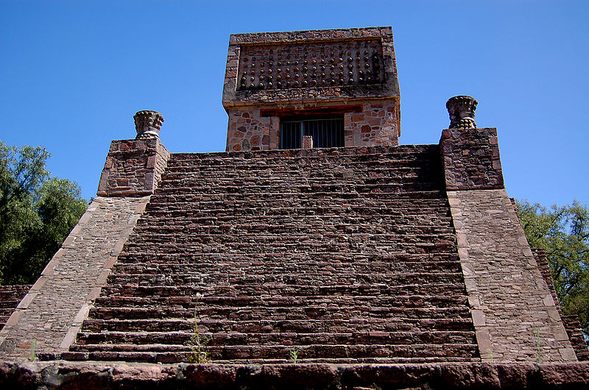
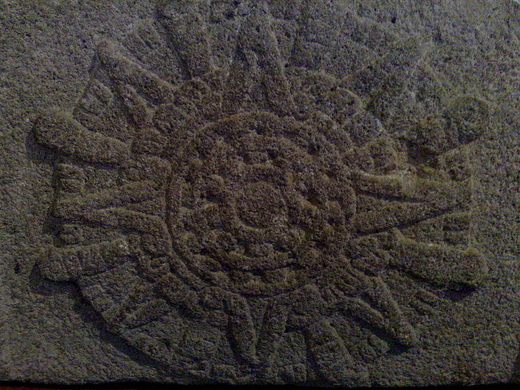





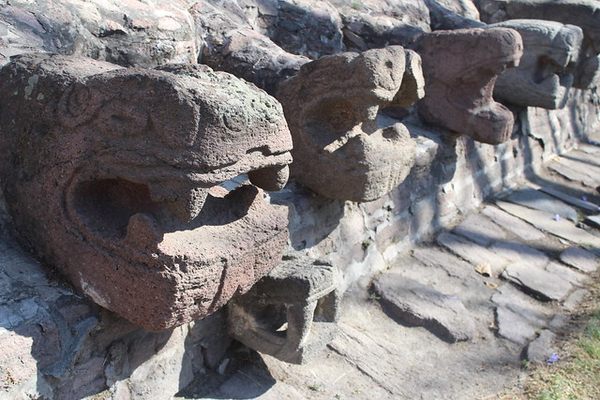




Follow us on Twitter to get the latest on the world's hidden wonders.
Like us on Facebook to get the latest on the world's hidden wonders.
Follow us on Twitter Like us on Facebook